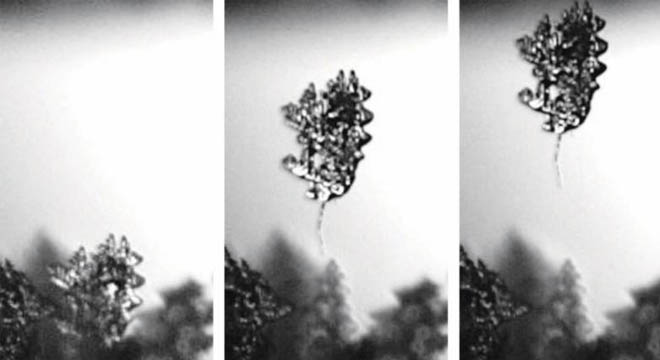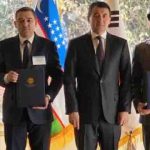ISLAMABAD – If you have ever gotten up on a winter morning and thrown yourself into the arduous task of scraping frost from a windshield, a Virginia Tech lab is engaging science that could make your life much easier. In research funded by the National Science Foundation, Associate Professor Jonathan Borekyo has led a team in developing a potential solution for frost removal by way of electrostatics.As water freezes, positively charged protons and negatively charged electrons separate. Frozen ice crystals become electrified as the top of the frost becomes warmer than the bottom of the frost. This causes charged ions to move from top to bottom (warm to cold), but it turns out that the positive ions can migrate faster.
The top of the frost ends up being negatively charged while the bottom is more positively charged, a concept known as charge separation.Charge separation in frost has been studied in the past, but the effect has never been exploited to remove the frost from its surface.Boreyko’s Nature-Inspired Fluids and Interfaces Lab set out to fill that gap. The team started by artificially creating frost on a surface. They then suspended a film of water above the frost using filter paper. Opposites attract, so the negatively-charged top of the frost sheet attracted the positive ions in the water. This generated an electric field that exerted an attractive force on the frost sheet.
Follow the PNI Facebook page for the latest news and updates.








